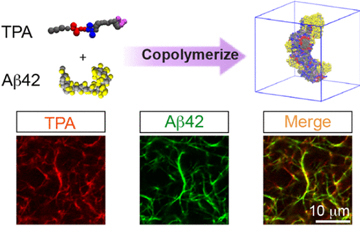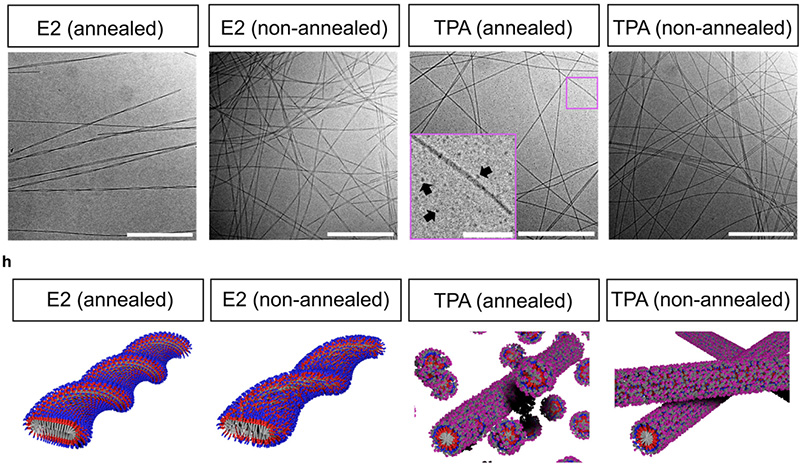Facility Address
|
NUANCE - BioCryo NUANCE - BioCryo NUANCE - BioCryo |
The BioCryo Core (RRID:SCR_021288) is a state-of-the-art facility within the NUANCE Center, dedicated to the advanced characterization of soft matter and biological specimens. Our mission is to support cutting-edge research through comprehensive sample preparation and characterization services, tailored to the unique challenges of both room temperature and cryogenic approaches.
Specializing in the preparation and analysis of delicate biological and soft materials, the BioCryo Core offers access to a full suite of electron microscopy techniques, including Scanning Electron Microscopy (SEM), Transmission Electron Microscopy (TEM), and Scanning Transmission Electron Microscopy (STEM). These capabilities are complemented by Energy Dispersive X-ray Spectroscopy (EDX) for elemental analysis, enabling detailed structural and compositional insights at the nanoscale.
Whether you're working with hydrated biological tissues, polymeric systems, or other soft matter, our facility is equipped to handle your samples with expertise and precision. From vitrification and cryo-sectioning to high-resolution imaging and data interpretation, our expert staff provides personalized consulting services to guide researchers through every step of their project.
To meet the diverse needs of our users, the BioCryo Core offers flexible service models:
At the BioCryo Core, we are committed to fostering innovation and collaboration across disciplines. We invite researchers from Northwestern and beyond to explore how our advanced instrumentation and expertise can elevate your scientific discoveries.
Featured Article: Journal of the American Chemical Society, 2025

Zijun Gao et al. (2025) present a novel therapeutic strategy for Alzheimer’s disease by using trehalose-functionalized peptide amphiphiles (TPAs) that self-assemble into nanofibers capable of trapping amyloid beta (Aβ42) peptides. These TPAs form hybrid supramolecular structures with Aβ42, preventing its toxic aggregation and uptake by neurons. In vitro studies showed that this approach significantly improved neuron survival and reduced markers of cell death. The findings suggest that supramolecular copolymerization could be a powerful, non-immunological method to neutralize amyloid toxicity and protect neurons in Alzheimer’s and potentially other neurodegenerative diseases.
Zijun is a long time user of the BioCryo Core and used BioCryo equipment for the TEM and cryo-TEM parts of the Study.
 |
| Interactions between amyloid beta 42 (Aβ42) and annealed or nonannealed E2 or TPA supramolecular assemblies. Scale bars correspond to 200 nm. |
 |
| Internal structures and morphology of annealed or nonannealed E2 and TPA assemblies. Scale bars correspond to 500 nm. |
|
NUANCE - BioCryo NUANCE - BioCryo NUANCE - BioCryo |
| NUANCE - BioCryo Northwestern University Technological Institute - A173 2145 Sheridan Road, Evanston, IL 60208-3108 |